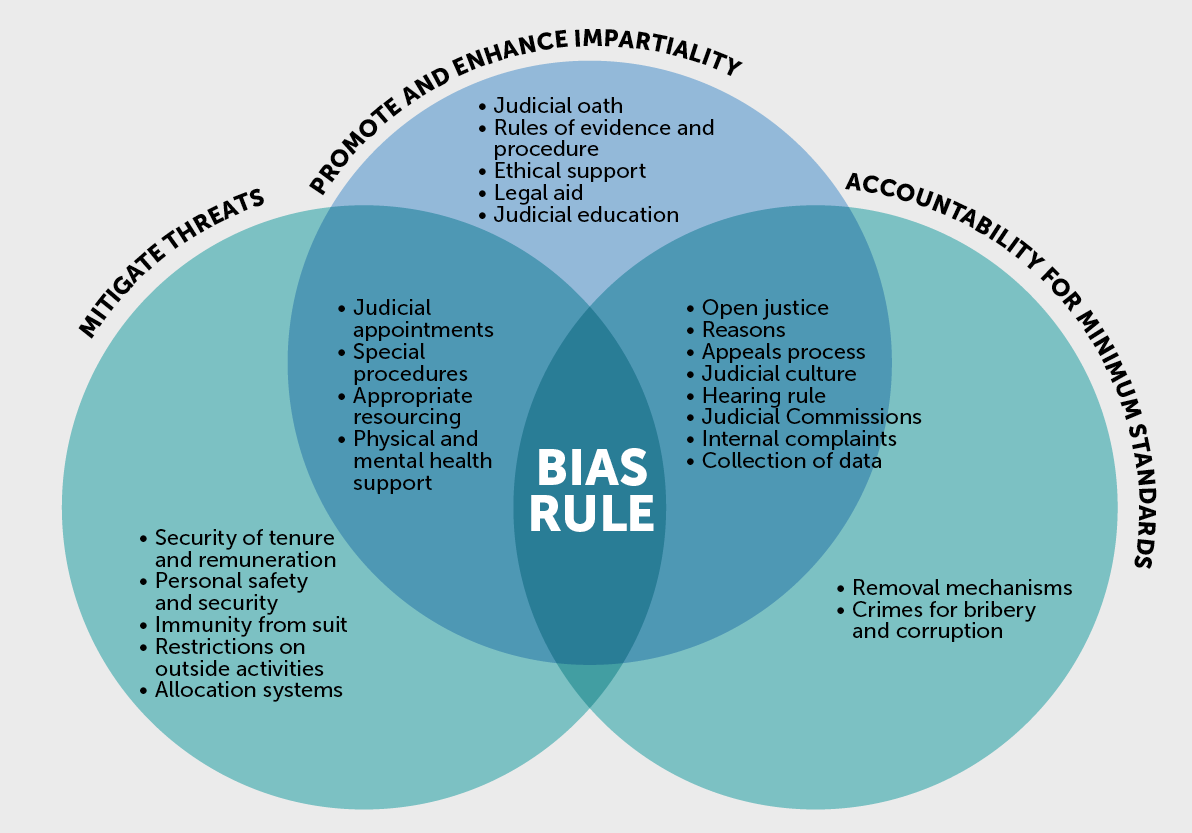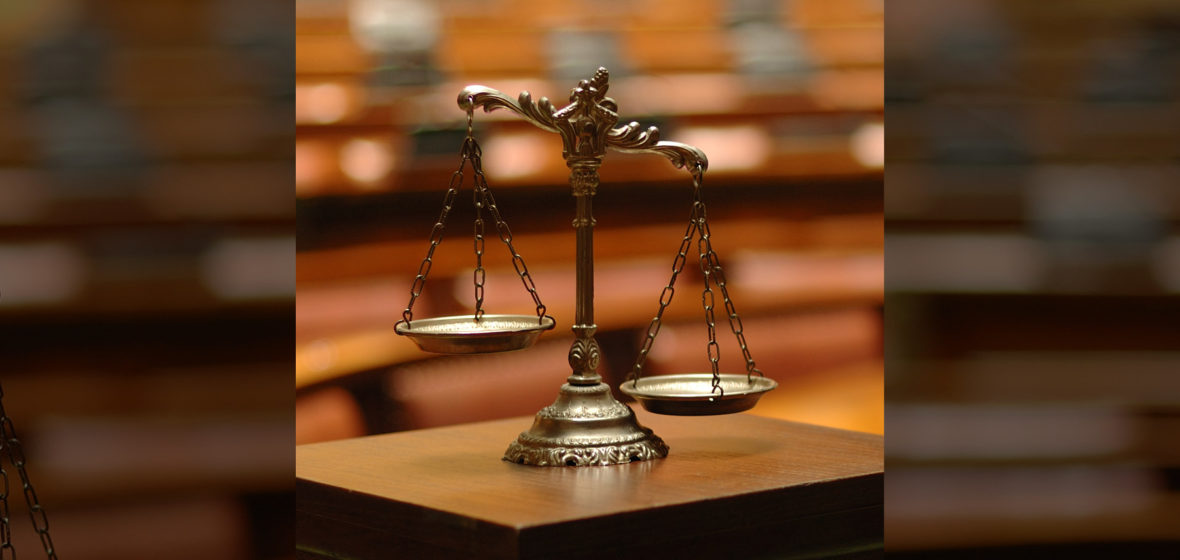Snapshot
- The ALRC report on judicial impartiality has recently been released.
- The inquiry, which was triggered by a family law case involving an undisclosed relationship and conversations between a judge and counsel, draws on an extraordinary range of sources to justify its sweeping and structural recommendations.
- Its recommendations range from providing greater clarity and guidance on applying the law on bias, to major structural reforms to judicial appointments, dealing with misconduct, judicial education and transparency around judicial statistics.
The recently released ALRC report on judicial impartiality, Without Fear or Favour: Judicial Impartiality and the Law on Bias (ALRC Report 138, 2021), is remarkable in its breadth and depth. The foundation for this is its initial explanation of the concept of judicial impartiality, and its connection to public confidence and trust in the courts, as well as judicial legitimacy. Judicial impartiality, which it defines as being free from ‘improper and unacceptable influences in judicial decision-making’, is not easily achieved. There is no silver bullet. The Commission explains that impartiality is contributed to by a complex web of structures and practices, including those that mitigate against threats to impartiality, those that promote and enhance impartiality, and those that provide accountability for minimum standards of impartiality.





